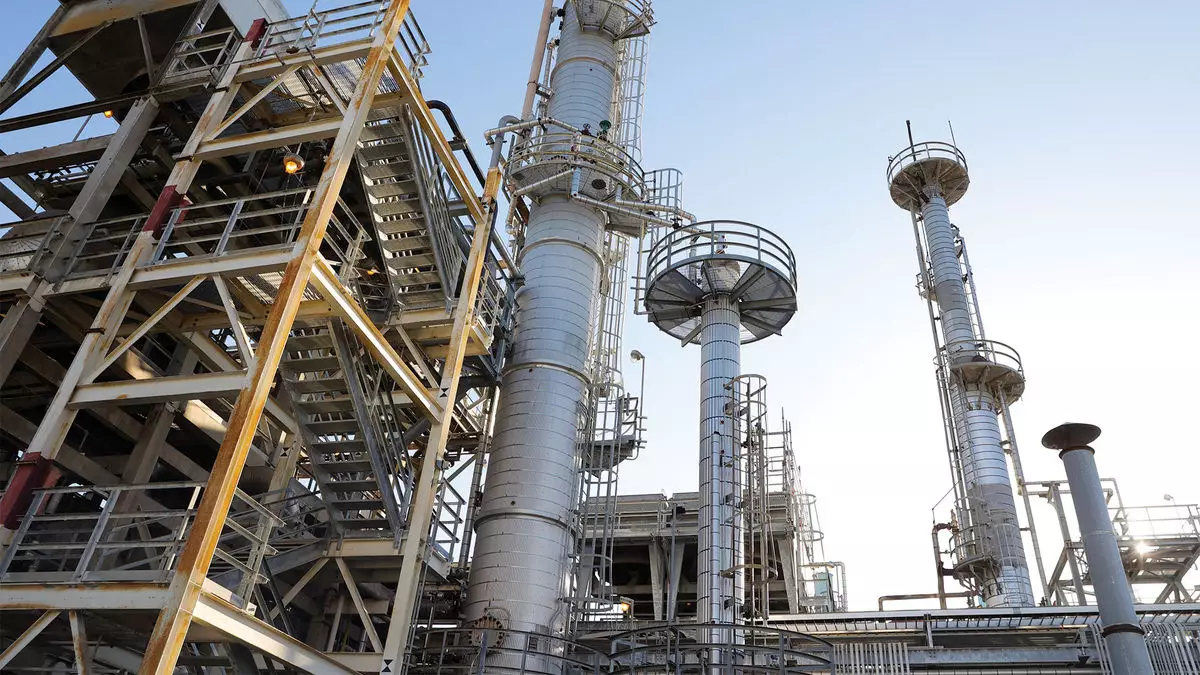Recent years have marked a significant uptick in the production of domestic sustainable aviation fuel (SAF), largely spurred by the incentives introduced during the Biden administration. However, the evolving political landscape in the United States has contributed to a climate of uncertainty regarding the future trajectory of SAF production and adoption. Adam Schubert, a senior associate at Stillwater Associates, aptly captures this unpredictability, indicating that while incentives have catalyzed growth, persistent instability could thwart the achievement of ambitious SAF production goals.
In 2022, the U.S. produced 7.9 million gallons of SAF, which surged to 14 million gallons in 2023 and 38.7 million gallons the following year. However, achieving the Biden administration’s target of reaching 3 billion gallons of SAF by 2030—equivalent to 10% of all aviation fuel consumption in the country—appears increasingly daunting. With the International Air Transport Association (IATA) estimating that SAF could account for up to 65% of the emissions reductions necessary for the aviation industry to reach net-zero emissions by 2050, the stakes have never been higher.
While the Biden administration has promoted SAF through substantial incentives, the recent transition of power has injected uncertainty into the landscape. Following the expiration of the Inflation Reduction Act’s tax credit program at the end of 2024, a new program is set to replace it, offering sliding tax credits from 1 cent to $1.75 per gallon to SAF producers through 2027. The complexity of stakeholder engagement in implementing these tax credits has grown significantly with the arrival of the Trump administration, which has historically shown wariness toward climate initiatives.
This transitional inertia is illustrated by a recent 60-day freeze on regulatory developments, a common action taken during administrative transitions. Such pauses in policymaking not only delay progress but also create an unpredictable atmosphere for stakeholders within the SAF industry. This unpredictability serves as a powerful deterrent to investment and strategic planning for both energy producers and airlines reliant on SAF to meet sustainability goals.
The Potential of Renewable Energy Producers
Despite the obstacles, the U.S. is set to benefit from the ongoing expansion of SAF production capacity, with projections indicating that it could reach nearly 800 million gallons this year—thanks to major corporations like Phillips 66 and Valero ramping up production. This momentum suggests that while external political factors pose challenges, there is a robust infrastructure of renewable energy producers that can catalyze growth in the SAF sector.
Moreover, stakeholders remain hopeful that traditional agricultural sectors can intersect productively with SAF initiatives. Corn-based ethanol, for instance, is anticipated to emerge as a substantial SAF source, thereby aligning the SAF industry with broader agricultural agendas fostering rural job creation and economic resilience.
While federal political winds may temper optimism within the SAF community, state-level initiatives appear to offer a silver lining. States such as Washington, Illinois, and Minnesota have proactively developed incentive packages to support SAF production. The involvement of farm-state Republicans could also prove beneficial, as they may advocate for SAF initiatives even if their perspectives on climate policy differ from those of their party.
The SAF Coalition, representing a collective of producers and airlines, underlines the alignment of SAF production with many of the Trump administration’s goals centered around American energy independence and rural development. This broad-based appeal could amplify the voices advocating for SAF—even amidst potential resistance at the federal level.
As the SAF industry hurdles over barriers posed by evolving political climates, its future remains intertwined with multiple factors, including evolving state policies, ongoing investments by renewable energy firms, and the lingering effects of federal regulatory changes. Uncertainty abounds, yet opportunities persist for the SAF industry to promote alignment with broader energy and sustainability goals.
Stakeholders within the SAF community must remain adaptable and proactive, articulating how their initiatives contribute to both environmental and agrarian economic agendas. Only through cohesive industry advocacy and continued engagement with policymakers can the SAF sector hope to mitigate risks and navigate its way toward fulfilling its long-term sustainability objectives. In a landscape teeming with challenges, the potential for innovative thinking could unlock pathways to a greener aviation sector.


Leave a Reply